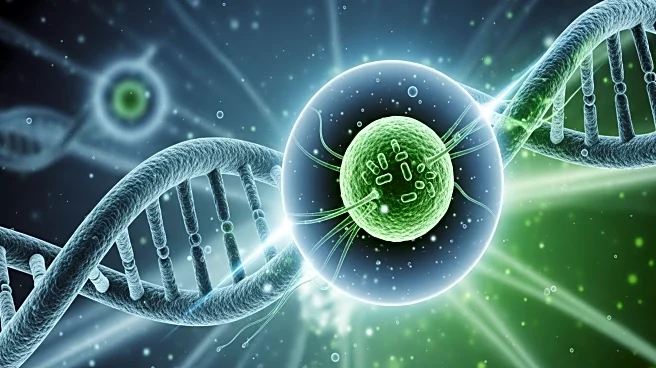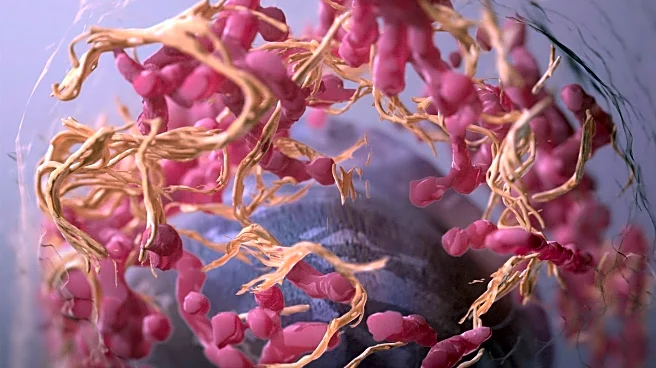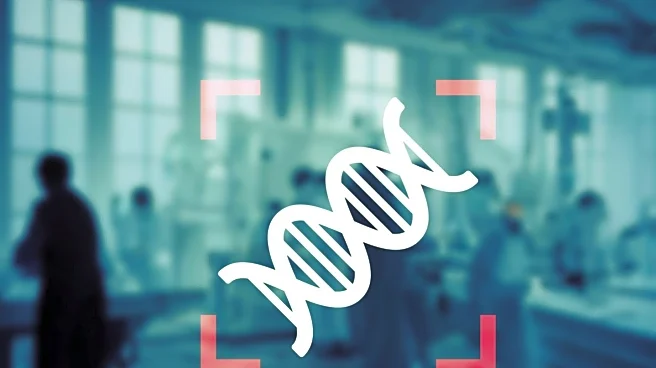What's Happening?
A recent study has introduced a novel diagnostic model for AFP-negative hepatocellular carcinoma (ANHCC), a challenging form of liver cancer to diagnose due to the absence of the AFP biomarker. Researchers utilized serological proteome analysis and protein microarray techniques to identify potential autoantibodies that could serve as serum biomarkers for ANHCC. The study validated eight autoantibodies, including Survivin and NPM1, as effective biomarkers. A logistic regression model was developed, achieving an area under the ROC curve (AUC) of 0.883 in the training dataset and 0.840 in the validation dataset. When applied to a broader cohort, the model reached an AUC of 0.825, with a sensitivity of 66.4% and specificity of 84.2%. The integration of this model with AFP improved diagnostic efficacy, achieving an AUC of 0.945.
Why It's Important?
This development is significant as it offers a more reliable method for diagnosing ANHCC, which is traditionally difficult to detect due to the lack of AFP markers. The improved diagnostic accuracy could lead to earlier detection and treatment, potentially improving patient outcomes. The integration of the new model with existing AFP tests enhances the overall diagnostic process, providing a more comprehensive approach to liver cancer detection. This advancement could influence clinical practices and guidelines, offering a new tool for healthcare providers in the fight against liver cancer.
What's Next?
The next steps involve further validation of the diagnostic model in larger and more diverse patient populations to confirm its efficacy and reliability. Researchers may also explore the potential for integrating this model into routine clinical practice, which could involve training healthcare professionals and updating diagnostic protocols. Additionally, there may be interest in investigating the application of this model to other types of cancers or conditions where traditional biomarkers are insufficient.
Beyond the Headlines
The study highlights the potential of machine learning and advanced statistical methods in medical diagnostics, showcasing how these technologies can enhance traditional diagnostic approaches. This could pave the way for more personalized medicine, where treatments and diagnostics are tailored to individual patient profiles, improving healthcare outcomes.










